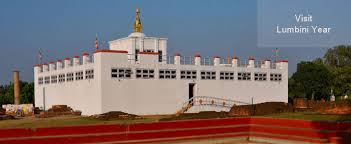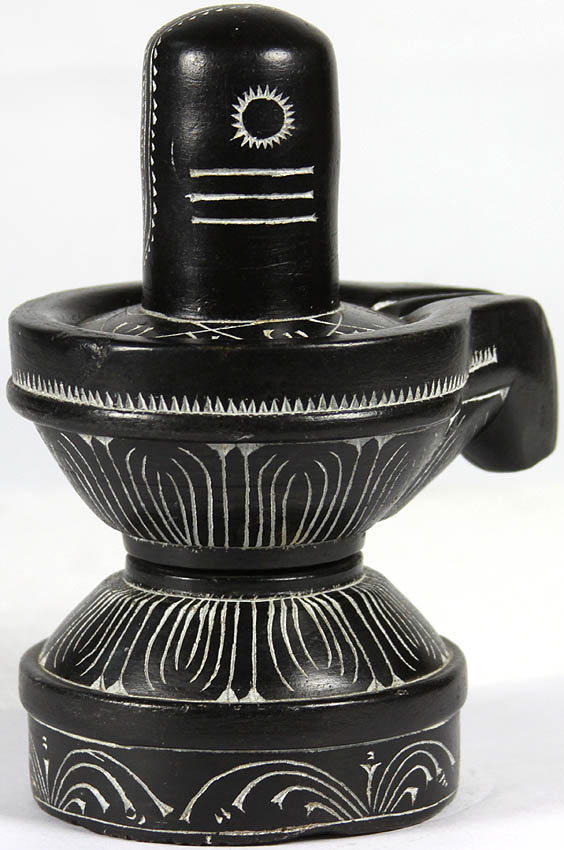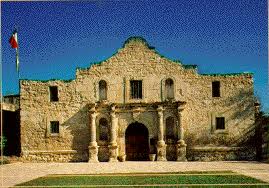
Your Watchman on the Wall believes we are getting a glimpse of what the entire world will be like when the rapture occurs and the holy Spirit pulls His restraining influence from the world. Consider a few of the following:
1. Devastating earthquake in Nepal
2. Violence and rioting in Baltimore, MD. and Ferguson, MO.
3. The threat of war with Iran in the strait of Hormuz
4. Isaiah 17 being fulfilled with the utter destruction in Damascus and in Syria
5. Ongoing crisis with the Focus ukushima reactors
6. Focus on materialism and consumerism in the world
7. Growing persecution of Jews and Christians in the world
I also found it interesting that two areas struck with huge earthquakes Haiti and Nepal practice voodoo and pagan Buddhism and Hinduism. Nepal's famous Monkey Temple, pictured below, was destroyed.
Nepal's most important religious site in Nepal is Lumbini, west of KATHMANDU
, just outside the Indian border.

Lumbini is sometimes called the “Buddhist Bethlehem” because it is the birthplace of Siddhartha Gautama, the Indian nobleman who became the Buddha, in 623 B.C.
Lumbini is sometimes called the “Buddhist Bethlehem” because it is the birthplace of Siddhartha Gautama, the Indian nobleman who became the Buddha, in 623 B.C.
Archaeologists have found
Two sites

Reports say its gold-leafed spire, featuring four pairs of painted blue eyes — the Buddhist symbol for wisdom and enlightenment — collapsed. The stupa, which is domelike and sits under the spire — is reported to have survived with some damage.

Reports say its gold-leafed spire, featuring four pairs of painted blue eyes — the Buddhist symbol for wisdom and enlightenment — collapsed. The stupa, which is domelike and sits under the spire — is reported to have survived with some damage.
Also severely damaged was Swayambhunath, pictured above, a fifth-century stupa in the KATHMANDU

Hindu sites, especially those in the center of Nepal’s few cities, were also damaged. Maju Deval, pictured above, built in 1690 in Kathmandu and dedicated to Shiva, the god of destruction, appears to be destroyed. It was known for its many exterior carvings of frolicking figures.

The temple housed a Shiva lingum, pictured above, a kind of phallic symbol revered as a representation of the god, at its heart. Also gone is Kathmandu’s Trailokya Mohan Temple, pictured below, built in 1680. Its three-roofed structure sacred to the god Vishnu was flattened.


The temple housed a Shiva lingum, pictured above, a kind of phallic symbol revered as a representation of the god, at its heart. Also gone is Kathmandu’s Trailokya Mohan Temple, pictured below, built in 1680. Its three-roofed structure sacred to the god Vishnu was flattened.
God says in Psalms 96:3 Declare his glory among the heathen, his wonders among all people.
4 For
the Lord is great, and greatly to be praised: he is to be feared above all
gods.
5 For
all the gods of the nations are idols: but the Lord made the heavens.
6 Honour
and majesty are before him: strength and beauty are in his sanctuary.
7 Give
unto the Lord, O ye kindreds of the people, give unto the Lord glory and strength.
8 Give
unto the Lord the glory due unto his name: bring an OFFERING
, and come into his courts.
9 O
worship the Lord in the beauty of holiness: fear before him, all the earth.
10 Say
among the heathen that the Lord reigneth: the world also shall be established that it shall not be
moved: he shall judge the people righteously.
Friends, it will be hell on earth 3 1/2 years into the "Great Tribulation".
In the past 24 hours, there have been 25 earthquakes around
the world. Many of them are of low magnitude, but at least
nine were a magnitude of 4.5 or stronger. Earthquakes can potentially
occur anywhere (the small earthquake that shook
the US East Coast in 2011, an area considered not at risk, is
proof of that); however, the likelihood that an area be hit by an earthquake
and its strength vary.
The map above, based on data from the Global Seismic Hazard
Assessment Program (GSHAP), highlights the areas where there is
an increased risk of seismic activity. The GSHAP ran from 1992 to 1999 (as part
of the United Nations International Decade for Natural Disaster Reduction), and
the data shown in the map have not been updated since. While still accurate
overall, the data have a few issues. USGS’s National Regional Coordinator Mark
Petersen told Quartz that, for instance, the seismic hazard in Haiti, which was
hit by a devastating earthquake in 2010, is underestimated in the map.
However, Petersen confirmed this is the most accurate
global hazard representation available and, while there is detailed information
available regionally, updates to the global representation will be made in
the next several years.
On the map, Central and South Asia emerge as the areas of the
world where earthquakes are more likely to strike, and with
greater intensity. A closer look at the map shows Nepal, as well as parts
of northern India, as one of the areas with a higher risk of strong
earthquakes, which routinely hit the area. The strongest earthquake recorded in
Nepal in the past century had an intensity of 8.2, and killed 10,000
people. In the past 15 years, the area has been hit by several
strong earthquakes, including in 2001 in Gujarat, India, when 20,000 died, and
in 2005 in Pakistan and Kashmir, where 130,000 died.

The Indian plate’s sliding
movement under the Eurasian plate is what causes the intense ACTIVITY
around Nepal; it’s also what
causes the Himalayas to
continue growing (about 1 cm every year). There
is no halting that, and strong earthquakes strike Nepal in a 75-year-cycle,
which is why scientists were
expecting this disaster.
Earthquakes recur in a certain areas periodically—where the
activity is more frequent, it’s easier to identify the pattern. That’s the case
in the US state of California, where a strong earthquake of 8.0 intensity is
expected to hit every 500 years. The last tremor of such magnitude to hit the
area was a 7.9 in 1906. The US Geological SURVEY
says tension has
been accumulating and there is a 7% chance of a similar EVENT
occurring in the next three
decades. The likelihood of strong earthquakes hitting the area—albeit not as
devastating—in the next 30 years is higher still, with 19% chance of a 6.7 or
larger event.


No comments:
Post a Comment